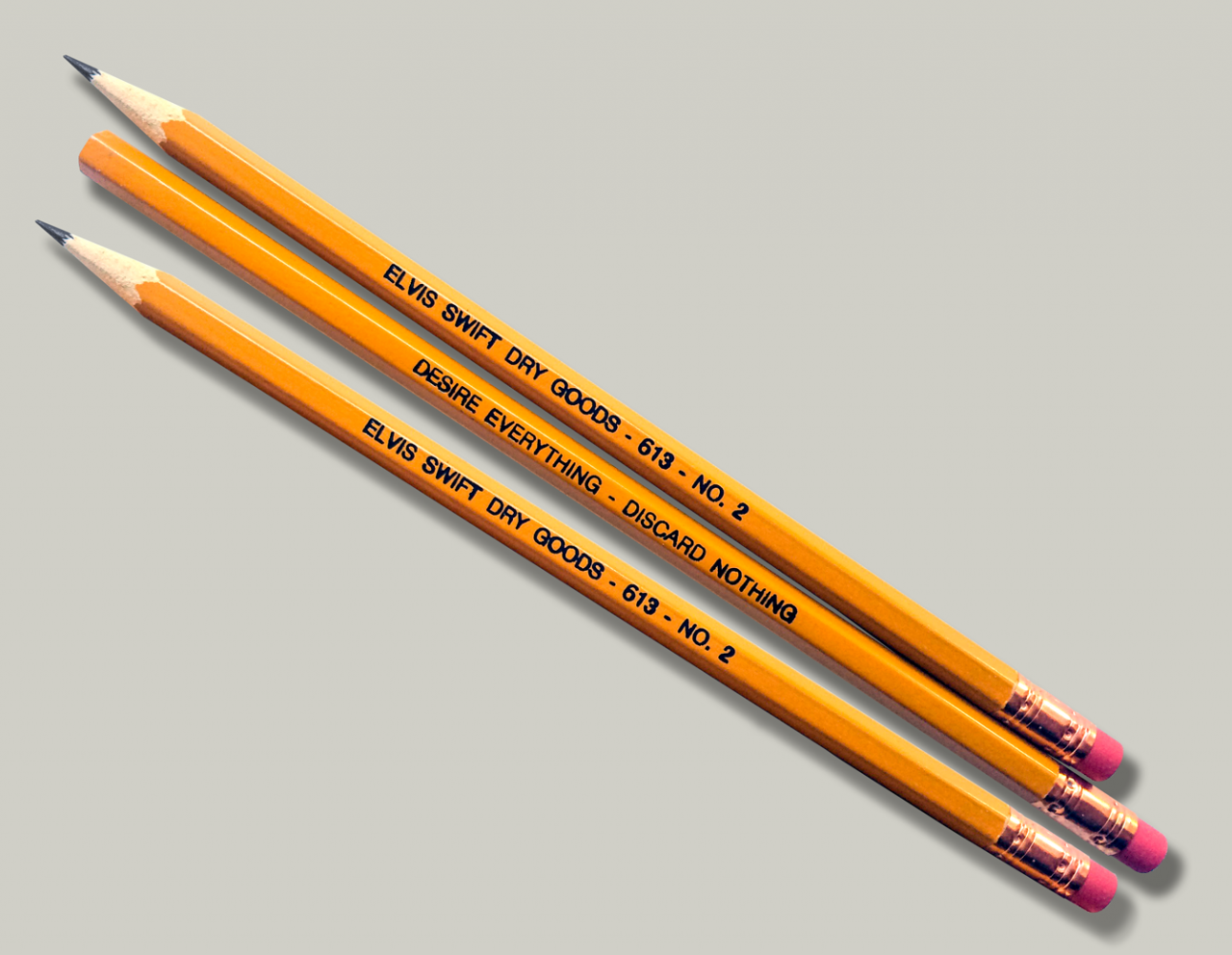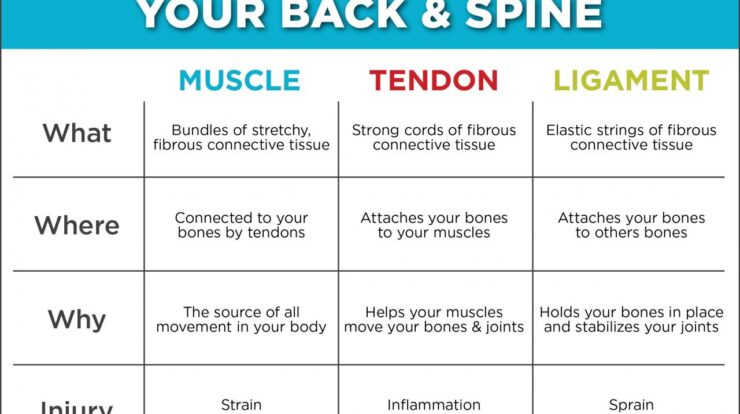
Embarking on the pencil definition, we delve into the fascinating world of this indispensable writing instrument. From its humble beginnings to its diverse applications, the pencil has left an enduring mark on history and continues to inspire creativity and communication.
As we explore the intricacies of pencil definition, we will uncover its various types, components, and the grading system that determines its hardness. We will also delve into the manufacturing process and uncover the historical and cultural significance of this remarkable tool.
Definition and Etymology
A pencil is a writing instrument consisting of a narrow, solid core of graphite or other marking material enclosed in a protective casing. The term “pencil” originates from the Latin word “penicillus,” meaning “little tail,” which referred to the small brushes used by Roman scribes to apply ink.
Over time, the word “pencil” came to be associated with the graphite-based writing instruments we know today.
Types of Pencils
Pencils are primarily classified based on their core material:
- Graphite Pencils:Made from a mixture of graphite and clay, graphite pencils are the most common type. They are graded on a scale from 9H (hardest) to 9B (softest), with HB (medium) being the most versatile.
- Charcoal Pencils:Made from compressed charcoal, charcoal pencils produce a rich, dark line. They are often used for sketching and drawing due to their ability to create bold, expressive strokes.
- Colored Pencils:These pencils contain pigments instead of graphite. They are available in a wide range of colors and are commonly used for drawing, coloring, and illustration.
Pencil Components
A typical pencil consists of the following components:
- Core:The central part of the pencil, made from graphite or other marking material.
- Casing:The protective covering that surrounds the core, usually made of wood, plastic, or metal.
- Eraser:A small piece of rubber or plastic attached to the end of the pencil, used to remove marks.
- Ferrule:A metal band that holds the eraser in place and prevents the core from breaking.
Pencil Grades and Hardness
The hardness of a pencil is indicated by a grade system, typically ranging from 9H (hardest) to 9B (softest). The higher the number, the harder the pencil and the lighter the line it produces. Conversely, the lower the number, the softer the pencil and the darker the line.
Pencil Manufacturing

Pencil manufacturing involves several steps:
- Raw Material Sourcing:Graphite and clay are sourced from mines and processed to create the pencil core.
- Core Extrusion:The core material is extruded into long, thin rods.
- Casing Production:Wooden or plastic casings are cut and shaped to fit the core.
- Core Insertion:The core is inserted into the casing and glued in place.
- Finishing:The pencils are sanded, painted, and labeled.
Pencil Uses and Applications
Pencils are used in a wide variety of applications, including:
- Writing:Pencils are a common writing instrument for notes, letters, and other text-based communication.
- Drawing:Pencils are used by artists and illustrators to create sketches, drawings, and paintings.
- Sketching:Pencils are ideal for capturing quick ideas and observations.
- Carpentry:Carpenters use pencils to mark measurements and guidelines on wood.
Pencil Sharpening and Maintenance: Pencil Definition
Proper pencil sharpening is crucial for optimal performance. Sharpening methods include:
- Manual Sharpeners:These sharpeners use blades to remove material from the pencil core.
- Electric Sharpeners:These sharpeners use rotating abrasives to quickly and evenly sharpen pencils.
- Knife Sharpening:A sharp knife can be used to sharpen pencils, but requires skill and caution.
Historical and Cultural Significance of Pencils
Pencils have played a significant role in history and culture:
- Education:Pencils have been used for centuries as a primary writing tool in schools.
- Communication:Pencils have facilitated written communication, from personal letters to official documents.
- Artistic Expression:Pencils have been instrumental in the creation of countless works of art, from sketches to masterpieces.
Ultimate Conclusion
In conclusion, the pencil definition encompasses not only its physical attributes but also its profound impact on human expression and innovation. Whether used for sketching, writing, or carpentry, the pencil remains an indispensable tool that continues to shape our world.
Key Questions Answered
What is the primary material used in pencil cores?
Graphite
What does the “H” in pencil grades stand for?
Hardness
What is the process of sharpening a pencil called?
Pencil sharpening




